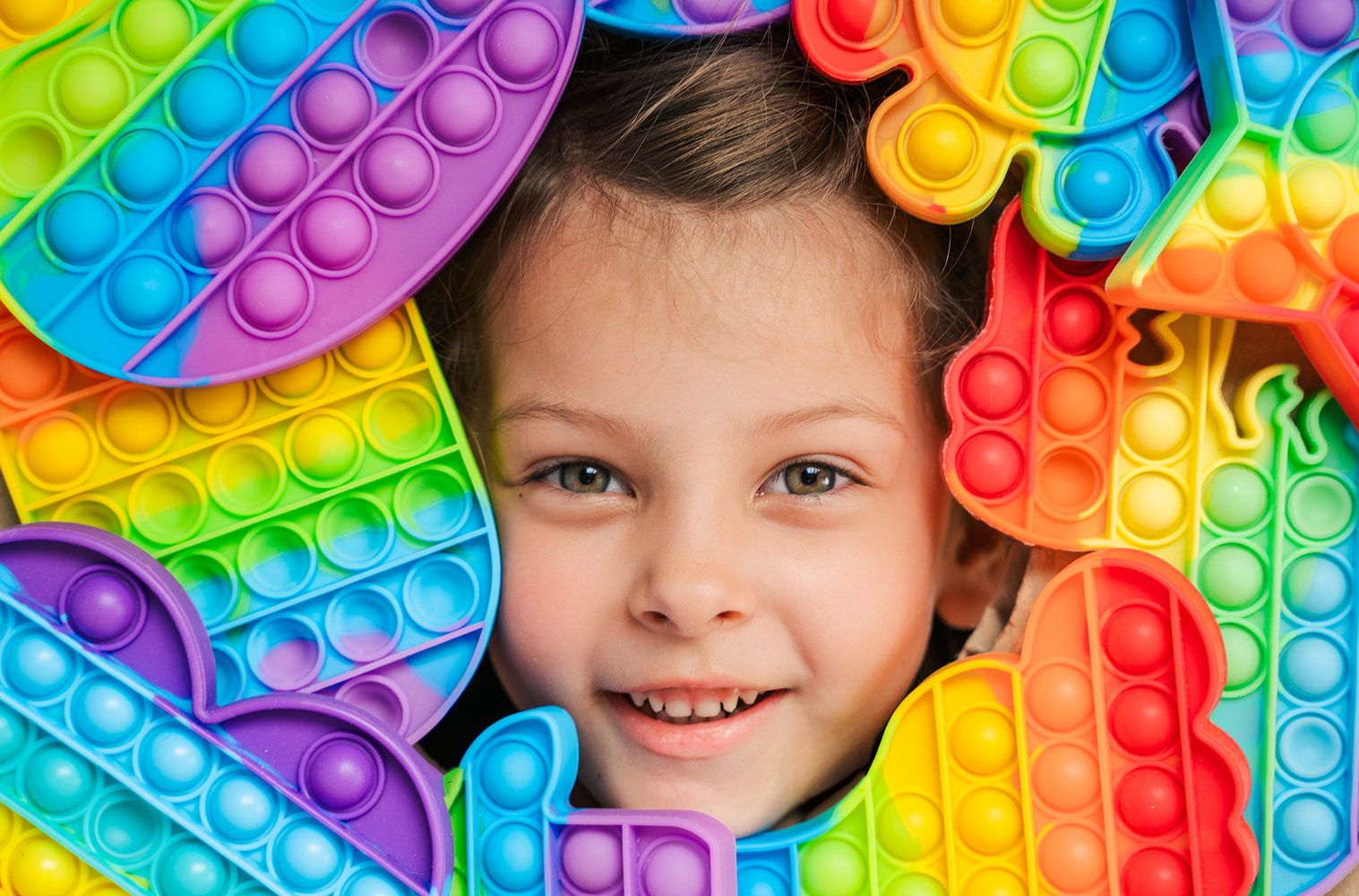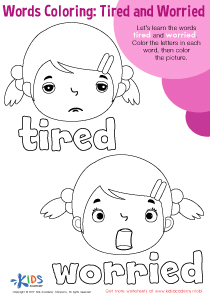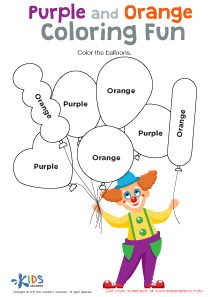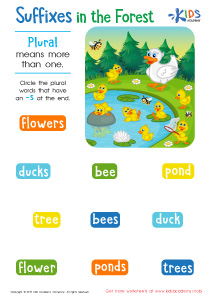Color recognition Easy English for Beginners Worksheets for 4-Year-Olds
9 filtered results
-
From - To
Introduce your 4-year-olds to the vibrant world of colors with our "Color Recognition Easy English for Beginners Worksheets." Specially designed for young learners, these engaging worksheets help identify and differentiate primary and secondary colors while enhancing their English language skills. Activities include coloring, matching, and interactive exercises, making learning both fun and educational. Ideal for preschoolers and ESL learners, our worksheets provide a solid foundation for color recognition and vocabulary building. Visit our web page and explore our expertly crafted resources to give your child a head start in early education and language development. Start coloring the world with knowledge today!
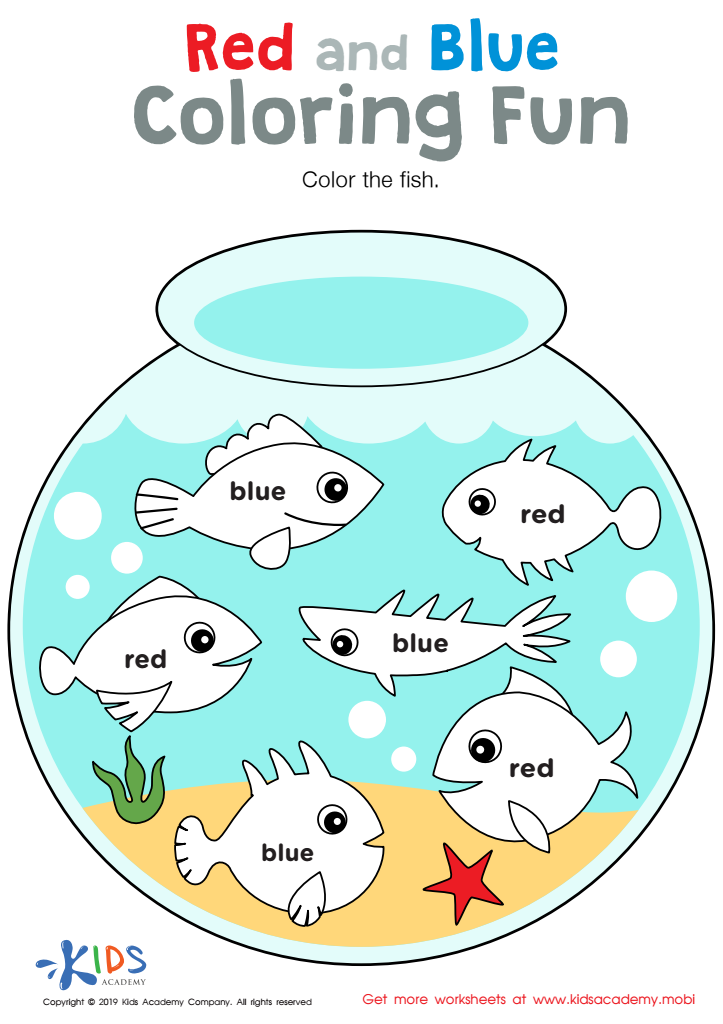

Red and Blue Coloring Fun Worksheet
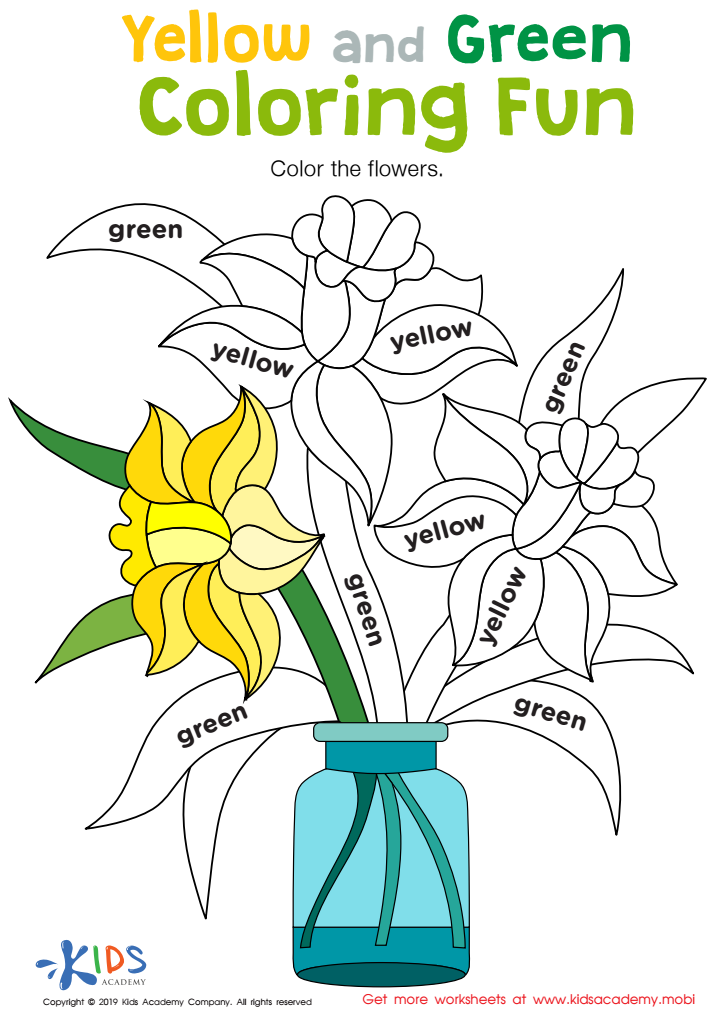

Yellow and Green Coloring Fun Worksheet
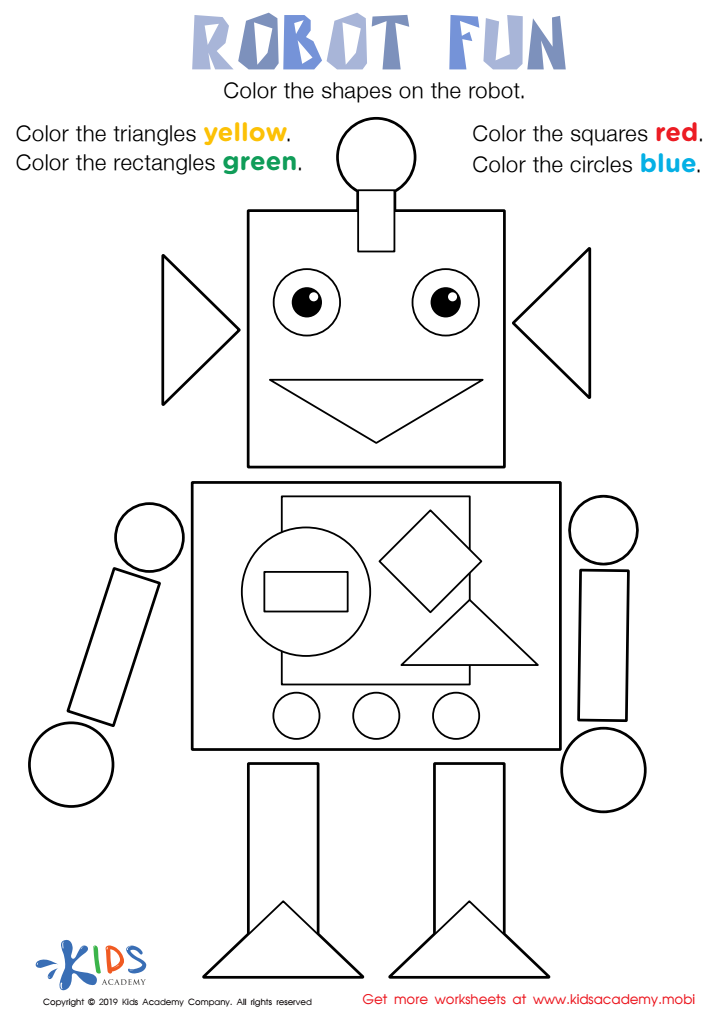

Robot Fun Worksheet
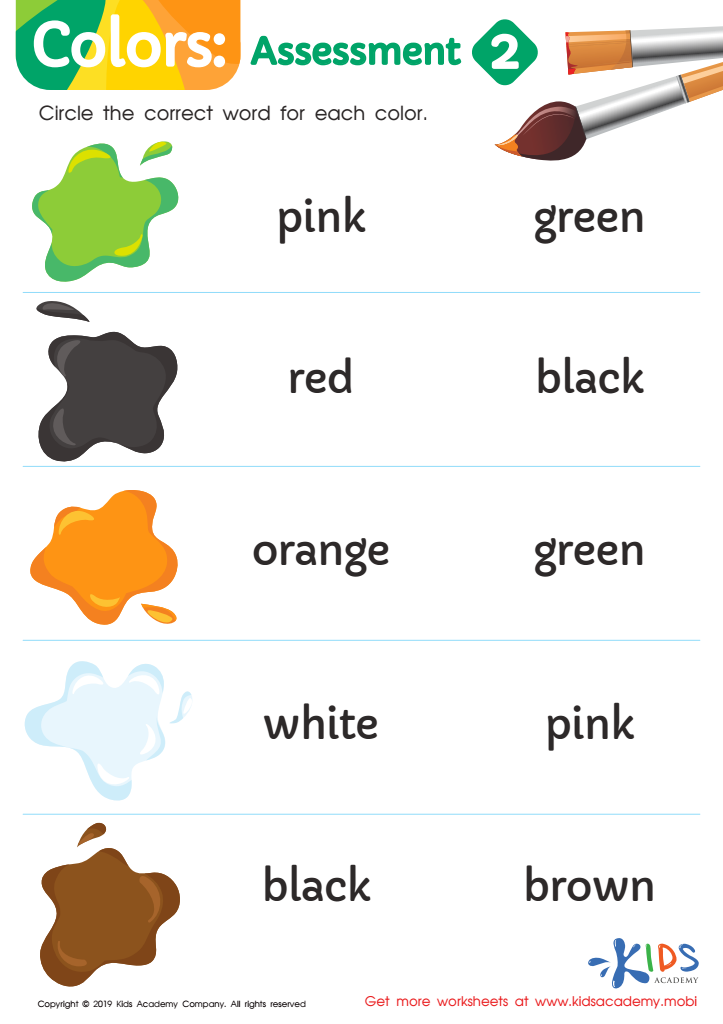

Colors: Assessment 2 Worksheet
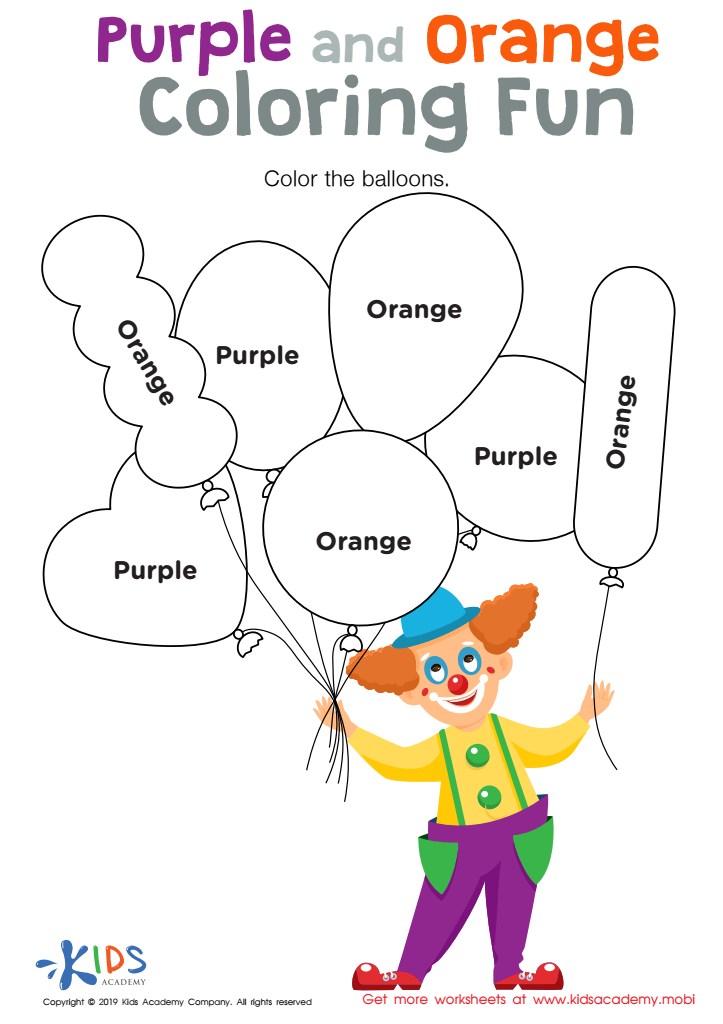

Purple and Orange Coloring Fun Worksheet
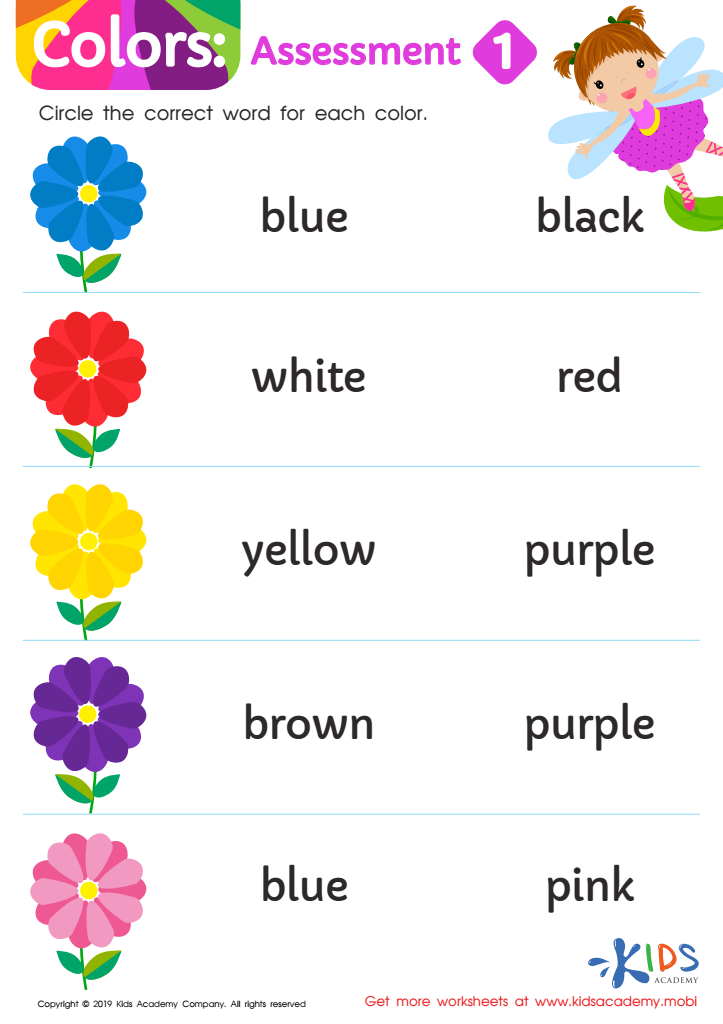

Colors: Assessment 1 Worksheet
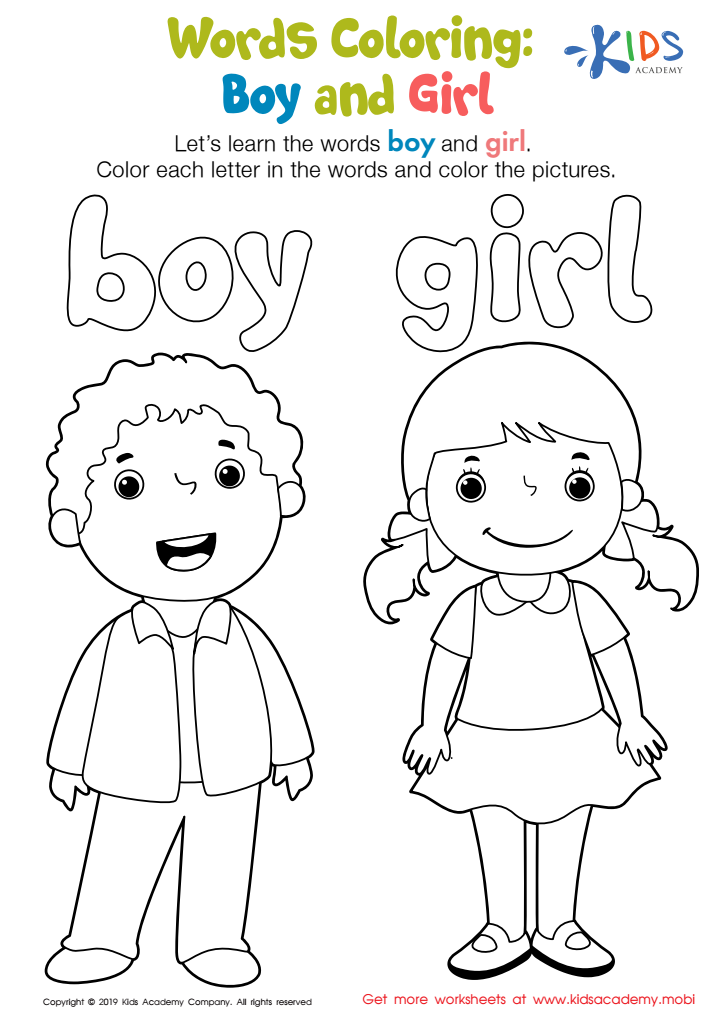

Boy and Girl Words Coloring Worksheet
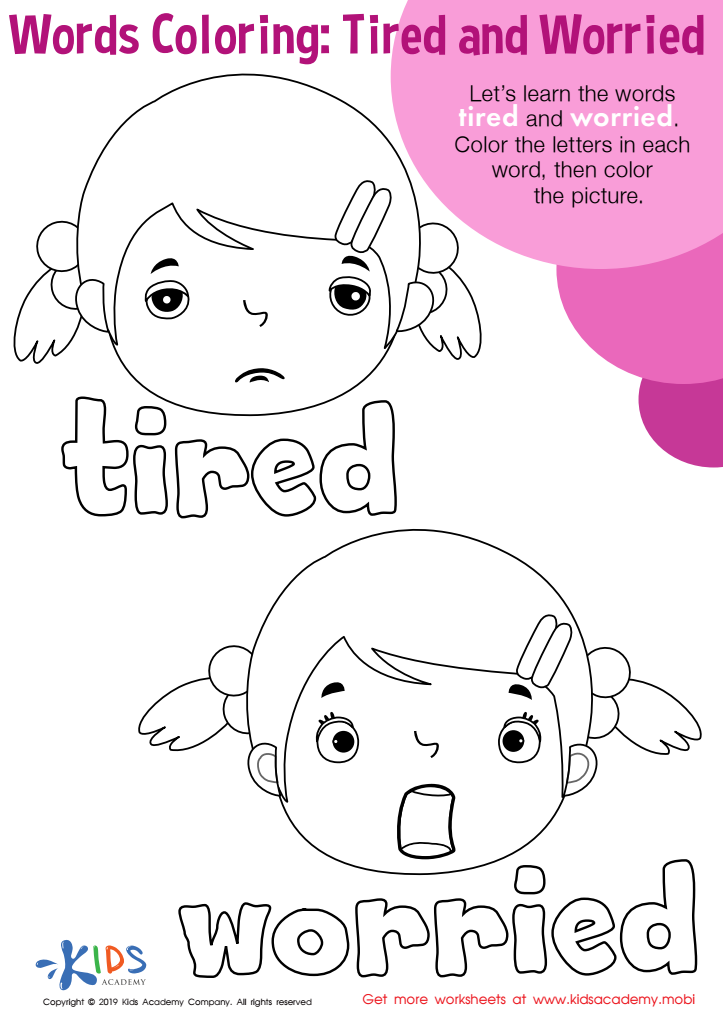

Tired and Worried Words Coloring Worksheet
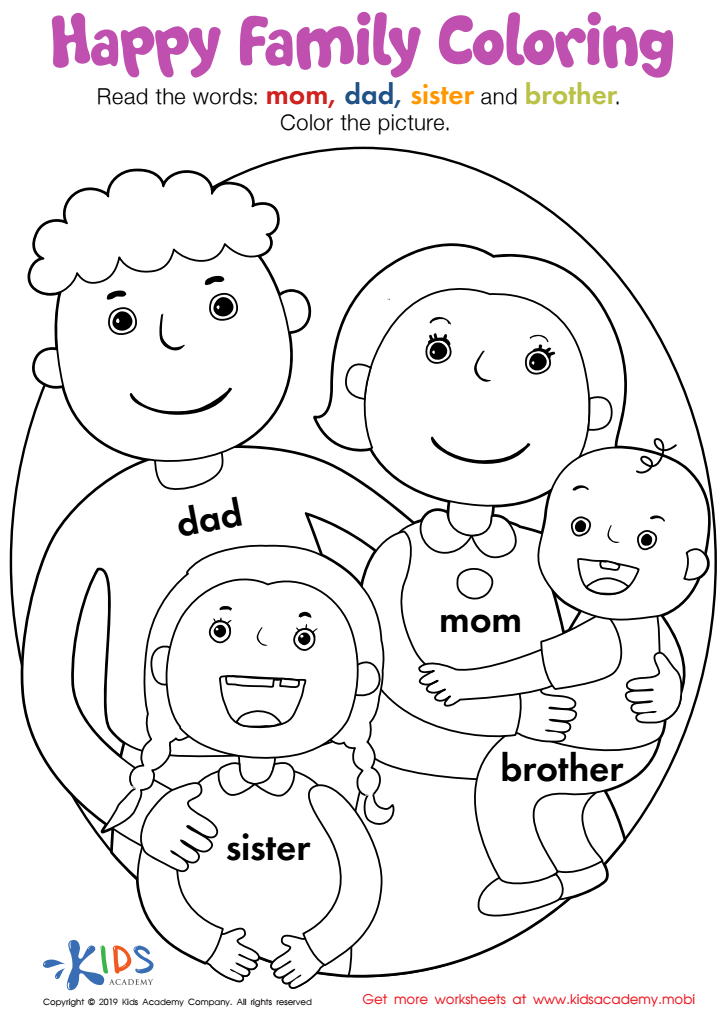

Happy Family Coloring Worksheet
Color recognition is a fundamental skill for 4-year-olds, and it holds significant importance in early childhood development. Parents and teachers should prioritize helping children learn their colors because it serves as a building block for various cognitive and academic skills. When children distinguish between different colors, they enhance their visual discrimination abilities, which are crucial for reading and writing. For instance, recognizing that "red" is different from "blue" helps later in distinguishing between letters and numbers.
Learning colors also supports language development. As children learn the names of colors, they expand their vocabulary and improve their communication skills. They can describe objects with greater detail and accuracy, making it easier to participate in conversations and classroom activities.
Moreover, color recognition fosters creativity and self-expression. Young children often use colors to express their feelings and ideas through drawings and other creative activities. Understanding colors can also make learning more engaging and enjoyable. Bright, colorful materials naturally capture children's attention, making it easier to introduce new concepts and maintain their interest.
In essence, color recognition is not just about identifying colors; it is a critical stepping stone that influences broader developmental areas, including cognitive, language, and emotional growth. This essential skill paves the way for academic readiness and holistic development.
 Assign to My Students
Assign to My Students




